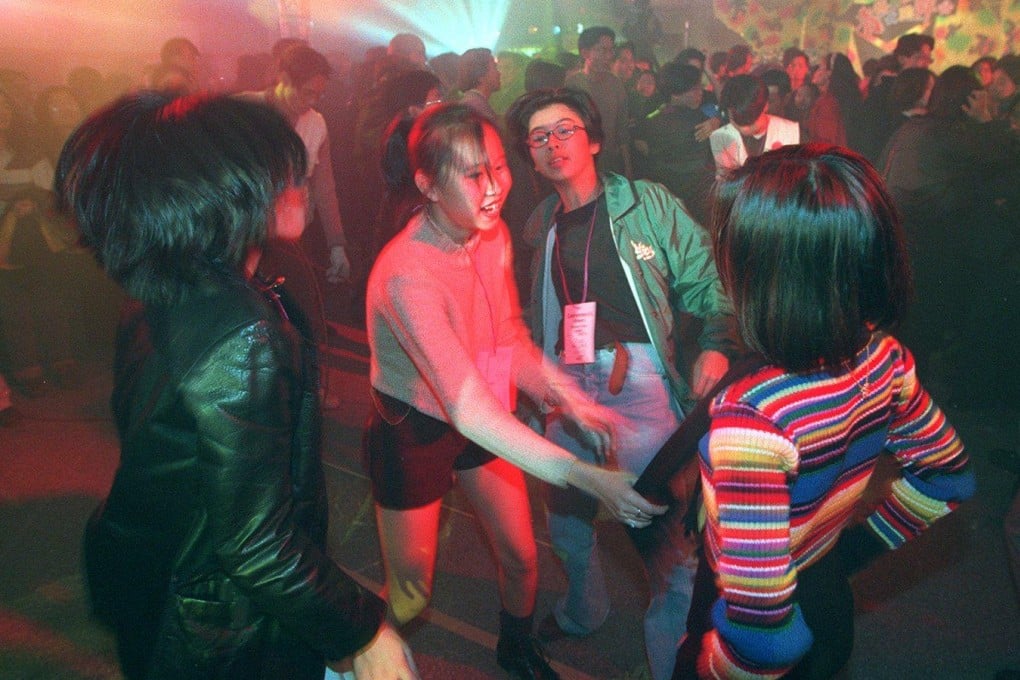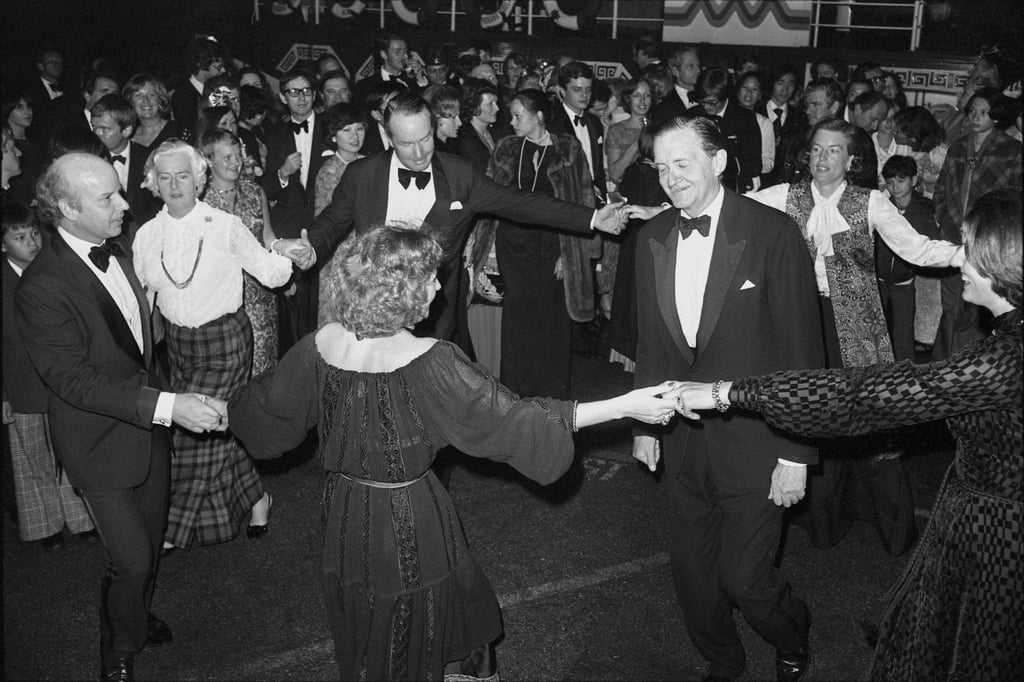Then & Now | New Year celebrations in Hong Kong, from low-key beginnings to the deadly 1993 stampede in Lan Kwai Fong
- Hong Kong these days celebrates New Year with gusto, but for many years it was a low-key affair for foreigners and a poignant reminder of loved ones far away
- In time, late-night parties took over that, at worst, left one with a hangover – until a deadly crush in Lan Kwai Fong in the early hours of 1993 left 21 dead

Well, that’s that for another year. New Year’s Eve has come and gone, and 2023 has commenced. How many earnest resolutions to do things better – or at least differently – will survive till the end of January, however, remains to be seen.
Along with a different legal tradition, new language, taxation regime, customs jurisdiction and everything else that arrived with British rule, there were also new public holidays to celebrate.
As well as religious festivals derived from the Christian calendar, such as Christmas and Easter, the New Year as defined according to the Gregorian calendar was marked in various ways by Hong Kong’s foreign community.

In earlier times, New Year’s Eve celebrations were low-key; a party that went on until midnight, with a ceremonial farewell to the Old Year and a welcome toast to the New Year just beginning, and – inevitably – a plangent rendering of Auld Lang Syne.
This traditional Scottish song was particularly poignant at New Year’s Eve for those whose families, lifelong friends and all that was familiar and dear to them were on the other side of the world.
